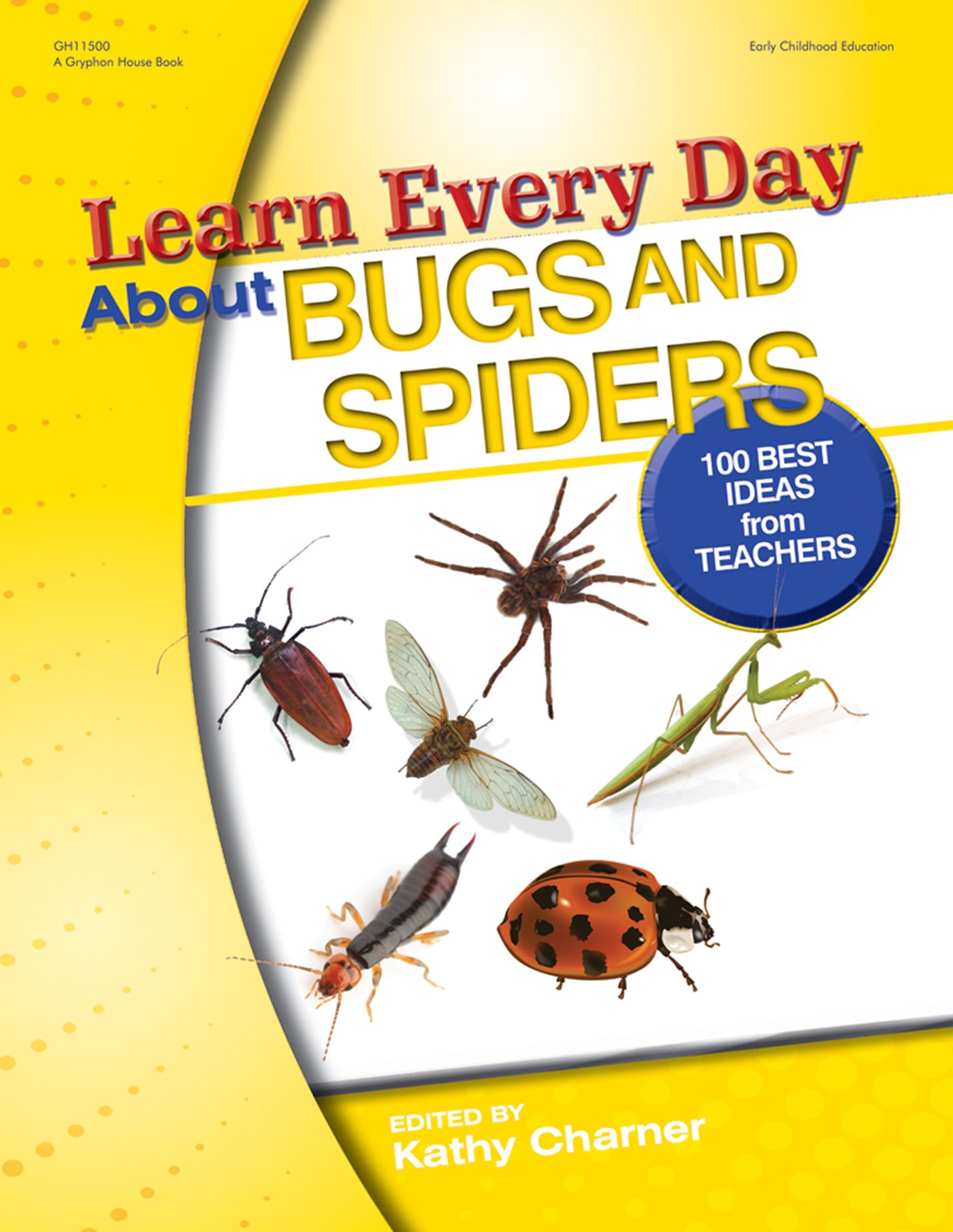Materials
miniature cars
pictures of different kinds of bugs
large paper
crayons
small bug cutouts (that match the pictures of the bugs)
tape
yardsticks
Instructions
* Display pictures or jars where the children can readily see them.
What to Do
1. Hold up pictures of moths and butterflies or jars of actual insects. Note
similarities, such as colorful wings and six legs. Point out differences, such as
the moth's feathery antennae compared to the butterfly's smooth ones.
2. Explain that the wing position at rest is one of the easiest ways to identify each
insect. Butterflies hold their wings parallel and together. (Hold hands up,
palms together.) Moths hold their wings flat and side by side. (Hold hands flat,
thumbs together.) Teach them the following fingerplay:
Which One Is It? by Kay Flowers
Is it a butterfly? Is it a moth? (thumbs touching, fingers together, flapping like
wings)
How can we tell them apart? (shrug shoulders and hold hands out, palms up)
Look at their wings when they are at rest. (point to eyes)
Learn this and you will be smart. (tap head)
Butterfly, (palms together)
Moth, (hands flat)
Butterfly, (palms together)
Moth, (hands flat)
That's how we tell them apart. (hold palms up as if making a point)
3. Release the insects after the children have enjoyed watching them for the day.
Teacher - to - Teacher Tip
* Use the pictures or the actual insects as a math activity. Count wings,
antennae, legs, spots, stripes, and so on.
Assessment
Consider the following:
* Can the children correctly identify resting moths or butterflies?
* Can the children correctly describe wing positions of moths and butterflies?
